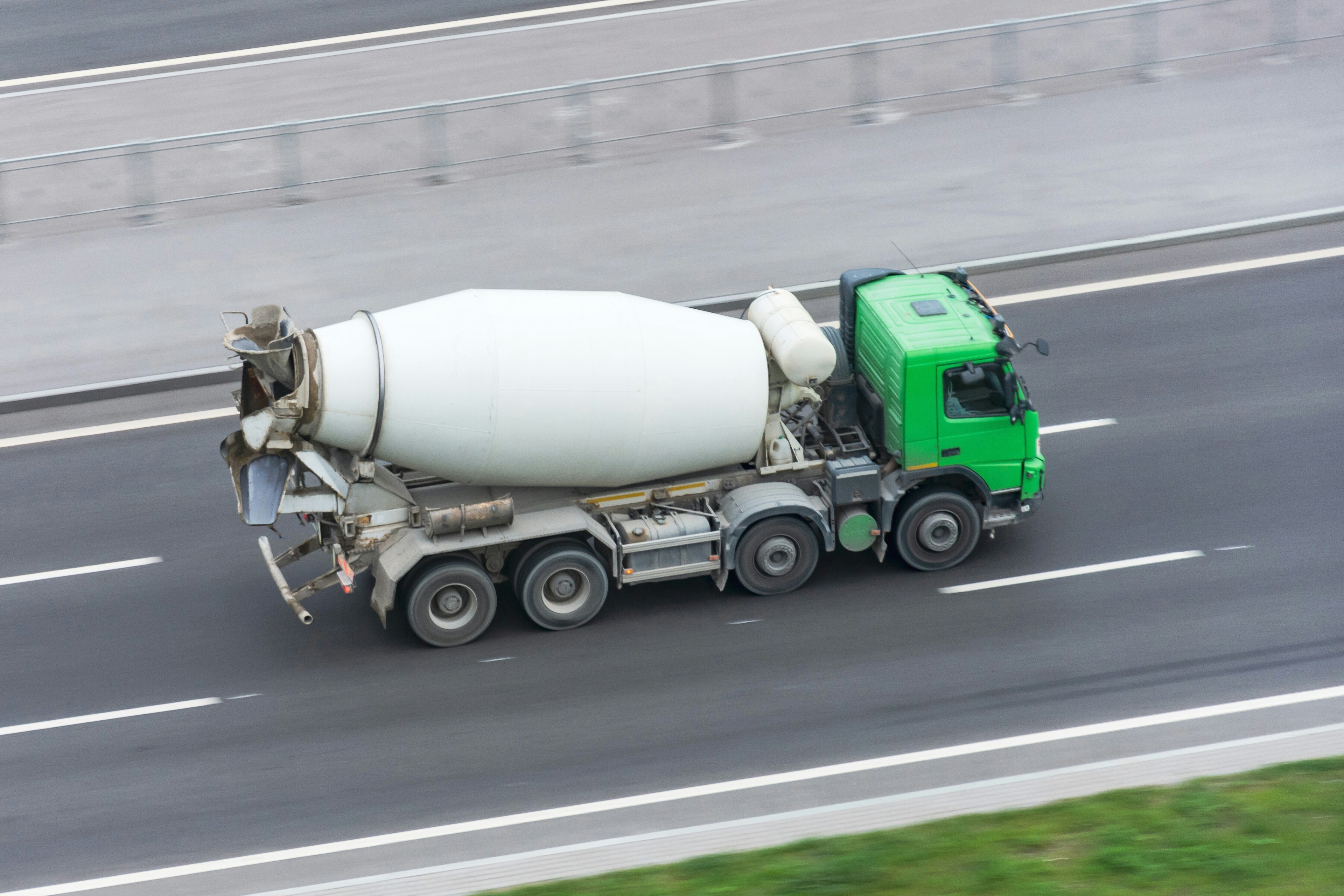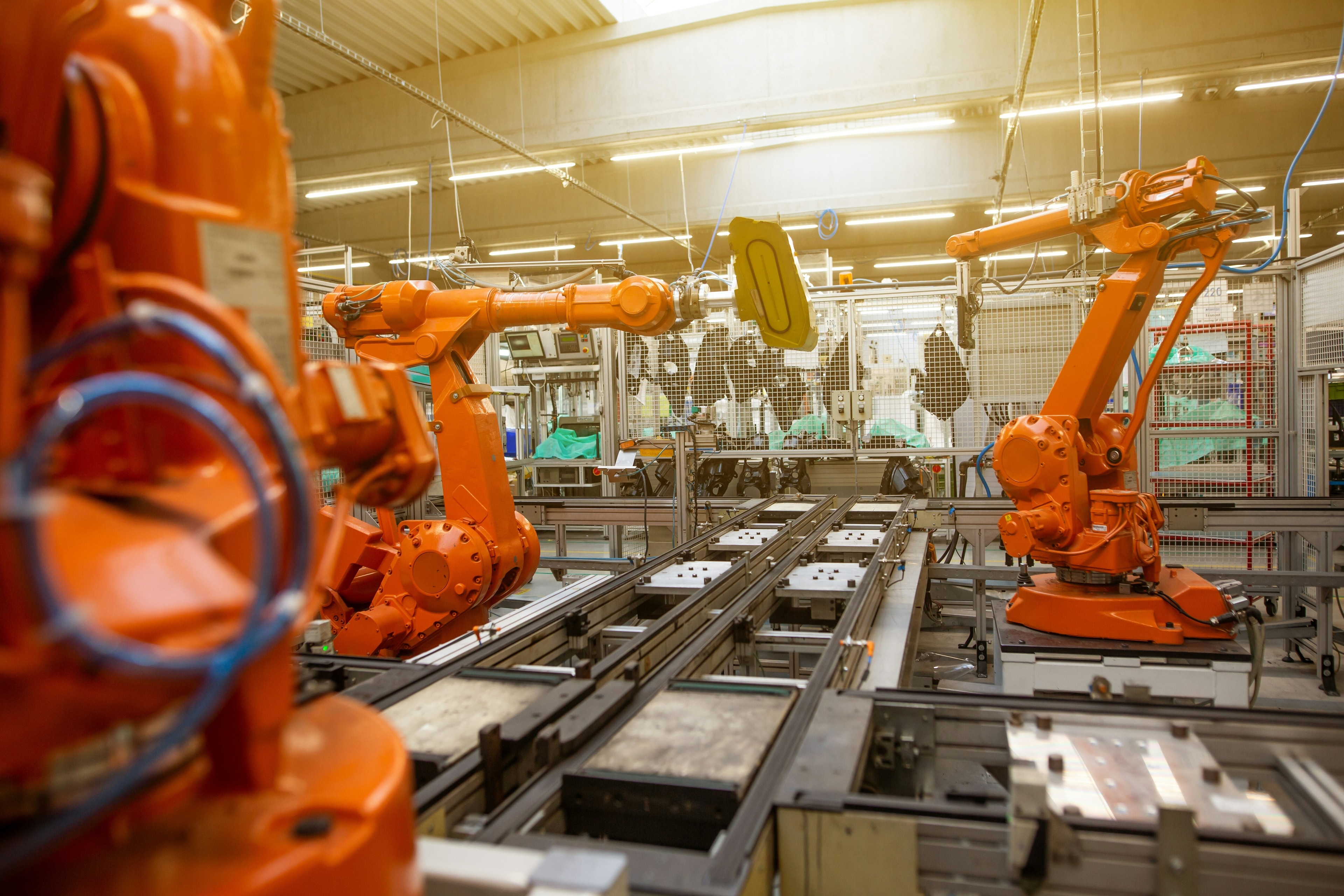Vegan, vegetarian or flexitarian? 3 ways to eat more sustainably

US sales of plant-based meat and milk reached $4 billion in 2021.
Image: Pexels/Maarten van den Heuvel
Stay up to date:
COP28
Listen to the article
- Reducing the amount of meat we eat can benefit our health and the planet.
- Sales of plant-based meat and dairy alternatives are rising rapidly.
- Vegan and other low-meat diets could reduce greenhouse gas emissions.
- The pressure to create more farmland will fall if we include less meat in our diets.
Would you like fries with that?
There was a time, not so long ago, when the choice of what to have with your burger was simple. Now the choice is increasingly about the burger itself. Are you sticking with meat – or would you rather have a plant-based alternative?
There’s a lot of research showing that more of us are willing to skip the beef – and other animal products – in favour of vegan or vegetarian options.
So, on the occasion of World Vegan Day, we’re taking a look at the trends in plant-based diets and the impact those trends might have on efforts to create a more sustainable food economy.
Plant-based sales are booming
Our decisions about what to put on our plates begin with what we choose to put in our shopping carts. Data from the Good Food Institute shows that the plant-based food market in the US alone is now worth $7.4 billion. Of course, that figure includes the fruit and vegetables we have always bought, but other categories tell a wider story.

As the chart above shows, US sales of plant-based meat and milk reached $4 billion in 2021. Sales of plant-based meat rose by 74% in the three years to 2021 while milk alternatives saw a 33% increase in the same period.
This data suggests we’re becoming more willing to shake up our diets and reduce the amount of animal products we eat.
In a December 2021 poll of more than 1,000 US adults, Statista found that 28% had opted for plant-based milk and 22% had tried plant-based alternatives to meat.
A deeper dive into Statista’s Global Consumer Survey (2021) suggests our appetites for a more plant-based diet will continue to grow. “The market for plant-based nutrition, milk alternatives like soy, oat or almond milk have the biggest market share with an estimated 2021 revenue of $18 billion worldwide,” it says. “The meat alternative sector is projected to grow at an even faster rate, from roughly $7 billion in 2021 to about $17 billion in 2026.”
Health benefits
It’s now widely accepted that reducing or eliminating meat from our diets can bring a number of health benefits. The American Heart Association (AHA) says cutting out meat or eating less of it reduces the risk of heart disease, stroke, obesity, high blood pressure, type 2 diabetes and many forms of cancer.
If the thought of going vegan seems a step too far, there are other options. The AHA has defined a number of diets that are lower in animal products and all can reduce the health risks associated with eating too much meat and dairy. These are the AHA’s options:
- A vegan diet is entirely plant-based. It excludes meat, fish, dairy and eggs – basically anything that comes animals.
- Vegetarians also eat a plant-based diet, but their menu may include dairy and eggs.
- A flexitarian is a vegetarian that sometimes eats meat or fish but mostly sticks to plant-based foods.
- Plant-forward is a style of cooking and eating that emphasizes plant-based foods but is not strictly limited to them. Meat may be included but it’s usually not the main feature.
What is the World Economic Forum doing to help ensure global food security?
Healthy people, healthy planet
Going vegan or reducing the amount of animal products in our diets can contribute significantly to our efforts to build more sustainable economies. As the chart below from Our World in Data shows, producing 100 grams of beef emits an average of 25 kilograms of CO2 equivalents. Lamb and farmed shrimp are other major emitters.

At the other end of the scale are plant-based proteins. “Producing 100 grams of protein from peas emits just 0.4 kilograms of carbon dioxide equivalents,” the researchers say. “To get the same amount of protein from beef, emissions would be nearly 90 times higher.”
Producing nutritious food by farming animals ties up an enormous amount of land compared to the space required for plant-based food products, as the chart below shows.

Our World in Data’s research shows that 119 square metres of land is required to generate 1,000 kilocalories from a herd of beef cattle. The same amount of calories from cow’s milk takes up almost 15 square metres.
Compare that to rice, a staple for much of the world, which requires less than one square metre of land for a yield of 1,000 kilocalories.
Accept our marketing cookies to access this content.
These cookies are currently disabled in your browser.
So what would happen to land use if we all switched to a vegan diet?
As the chart below shows, we are using 4.13 billion hectares of land for farming, but only a fraction of that is used to directly grow food for humans. About 80% of all the world’s farmland is used for grazing animals or growing animal feed.

If everyone went vegan, we would only need a billion hectares to grow all the world’s food. That’s a 75% reduction on the land required to meet the needs of current global diets – equivalent to saving the landmass of the whole of North America and Brazil.
The chart also shows that any kind of mass reduction in consumption of meat and dairy products would free up vast areas of land currently used for farming.
It’s worth bearing in mind that those who have the luxury to choose to eat meat or not are among the world’s most fortunate. For many millions of people, dietary preferences are not an option.
But for those who can, consuming less meat and dairy can have significant benefits for both health and the planet from which we source our food.
Accept our marketing cookies to access this content.
These cookies are currently disabled in your browser.
Don't miss any update on this topic
Create a free account and access your personalized content collection with our latest publications and analyses.
License and Republishing
World Economic Forum articles may be republished in accordance with the Creative Commons Attribution-NonCommercial-NoDerivatives 4.0 International Public License, and in accordance with our Terms of Use.
The views expressed in this article are those of the author alone and not the World Economic Forum.
Related topics:
Forum Stories newsletter
Bringing you weekly curated insights and analysis on the global issues that matter.
More on Industries in DepthSee all
Eneida Licaj and Genevieve Sherman
September 10, 2025
Benedikt Gieger and Christian Busch
September 3, 2025
Spencer Feingold
August 18, 2025
Giorgio Parolini
July 7, 2025
Ibrahim Odeh and Oliver Tsai
July 2, 2025







